What Are Trade Creditors?
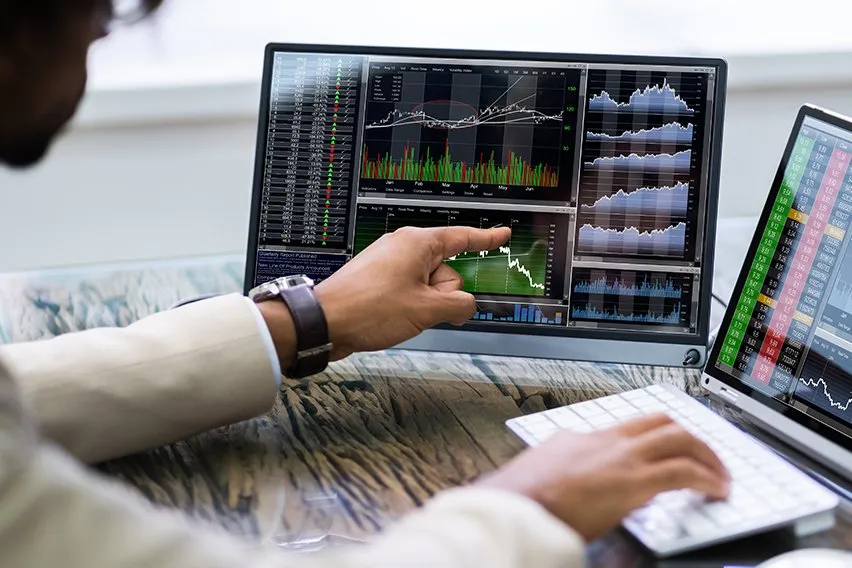
As a business owner, there are times when you purchase goods or services on credit. Nearly every business subscribes to this practice at some point or another. But how exactly does this process work, and how does it affect your accounting?
That’s precisely what we’re going to answer for you in this guide. We reveal vital information about trade creditors to help you maintain your expenses properly.
Here’s What We’ll Cover:
Trade Creditors: What Are They?
Trade Creditors: What Are They?
Any time you buy something on credit, it’s coming from a trade creditor. These niche suppliers produce goods, send the appropriate invoice, and wait to get paid. On your balance sheet, trade creditors appear as liabilities.
As you look at your balance sheet, you will see trade creditors listed as a current liability. This is because you typically pay off your credit liabilities within one year. Thus, the credit terms are normally short. Trade creditors may also be listed on your balance sheet as “trade payables.”

Trade Payables Example
Let’s assume your company’s fiscal year ends on December 31, 2021. Now, let’s say one of your suppliers sends you an invoice on December 28th. The total is $500 (including GST), and there is a 30-day credit. By the time December 31st arrives, the number of trade creditors on your balance sheet will include the $500 owed to the supplier.
The Importance of Trade Payables
For companies, it is very important to monitor the amount owed to suppliers that are yet to be paid. In doing so, you can be sure to:
- Prevent exceeding amounts of trade credit that may result in legal action
- Able to maximize working capital with all payment terms provided
- Ensure payment to suppliers on time to avoid interruption
- Make payments to suppliers in a timely manner
- Master your company’s cash flow
When you ensure timely payments to your suppliers, it can bode well with other suppliers who might be keeping an eye on creditor days. As a result, you are more likely to get favourable payment terms in the future.
Aged Creditor Reports
In the world of accounting, aged creditor reports are documents that list individual supply entities. These entities are owed money by another business. These reports also display outstanding debt by the name of the supplier.
Various accounting software runs these reports. If you are performing manual accounting, you must first update the purchase day book when you receive purchase invoices. You would then update individual purchase ledgers separately.
This is a record you keep on each supplier that logs raised invoices and payments. This is an easy way to clearly tell which suppliers you owe money to.
Trade Creditor Reconciliation
This is simply a report that trade creditors use to cross-check agreeable entries for aged creditors and control accounts. If these components don’t agree with one another, the difference in amounts must be reconciled.
Accruals vs Trade Creditors
Accruals are provisions for expenses that have already been incurred but not invoiced. A good example is if your fiscal year-end date falls on December 31, 2021. You get an invoice from a supplier on that date for $500. You had a consultant working for you, as well. However, they didn’t send you an invoice for their $1,000 worth of work billed.
Thus, your trade payables will amount to $500 for the invoice you got. The accrued charge remains $1,000 because you still owe the consultant money; they just haven’t sent out an invoice yet.

Trade Creditors vs Creditors
In your business ventures, there are various creditors for various reasons. Anytime you owe someone money, they are considered a creditor. However, supplier invoices that have yet to be paid are specific to trade creditors. There are also other types of creditors, such as:
- Overdraft charges
- Tax liabilities
- Accruals
- Loans
None of the above items relate to the purchase of products or services. But they are still items signifying that you owe money.
Key Takeaways
It is important to note that trade creditors must include GST, but only when the supplier is GST-registered. As such, their supplier invoice will show the appropriate GST rate on the taxable items sold. Also included is the GST-inclusive amount, which is the total amount that you owe.
If you need help with your accounting efforts, we encourage you to download FreshBooks. You get powerful double-entry accounting tools and much more. FreshBooks is everything you need to ensure accurate entries and bookkeeping.
And for even more accounting and business tips, head on over to our Resource Hub. There, you will find guides explaining how to register a company, apply for grants, and more.
RELATED ARTICLES

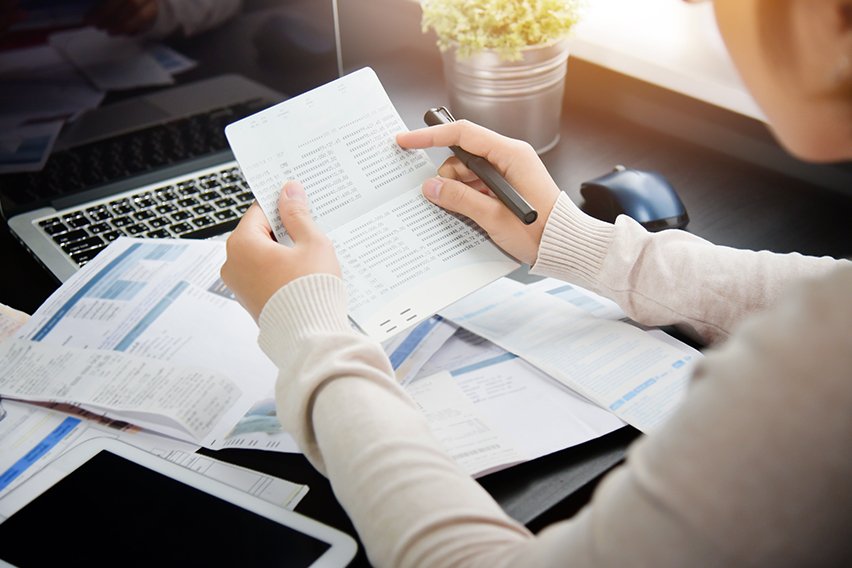 What Is a BSB Number & How to Get One?
What Is a BSB Number & How to Get One?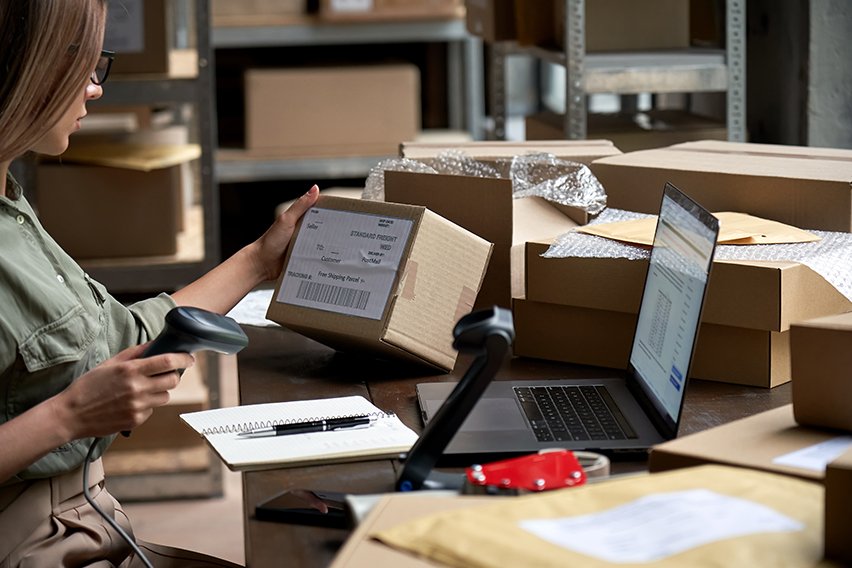 What Is a Swift Code & How Does It Work?
What Is a Swift Code & How Does It Work?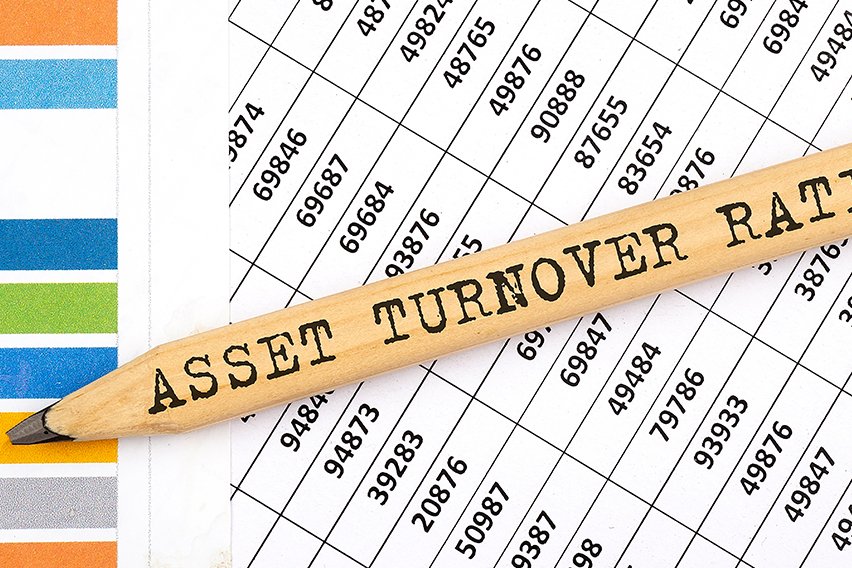 How to Calculate Asset Turnover Ratio? Formula & Example
How to Calculate Asset Turnover Ratio? Formula & Example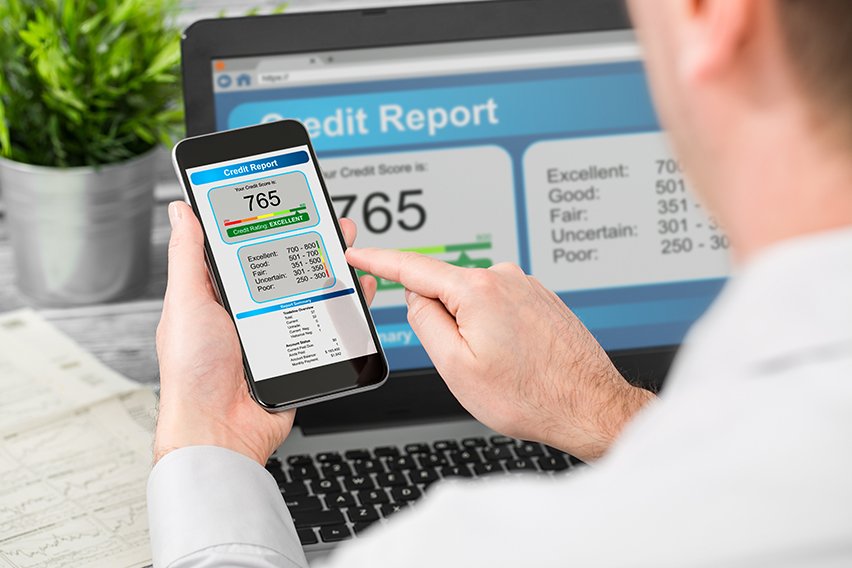 What Are Franking Credits & How Do They Work?
What Are Franking Credits & How Do They Work?